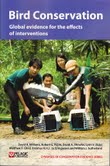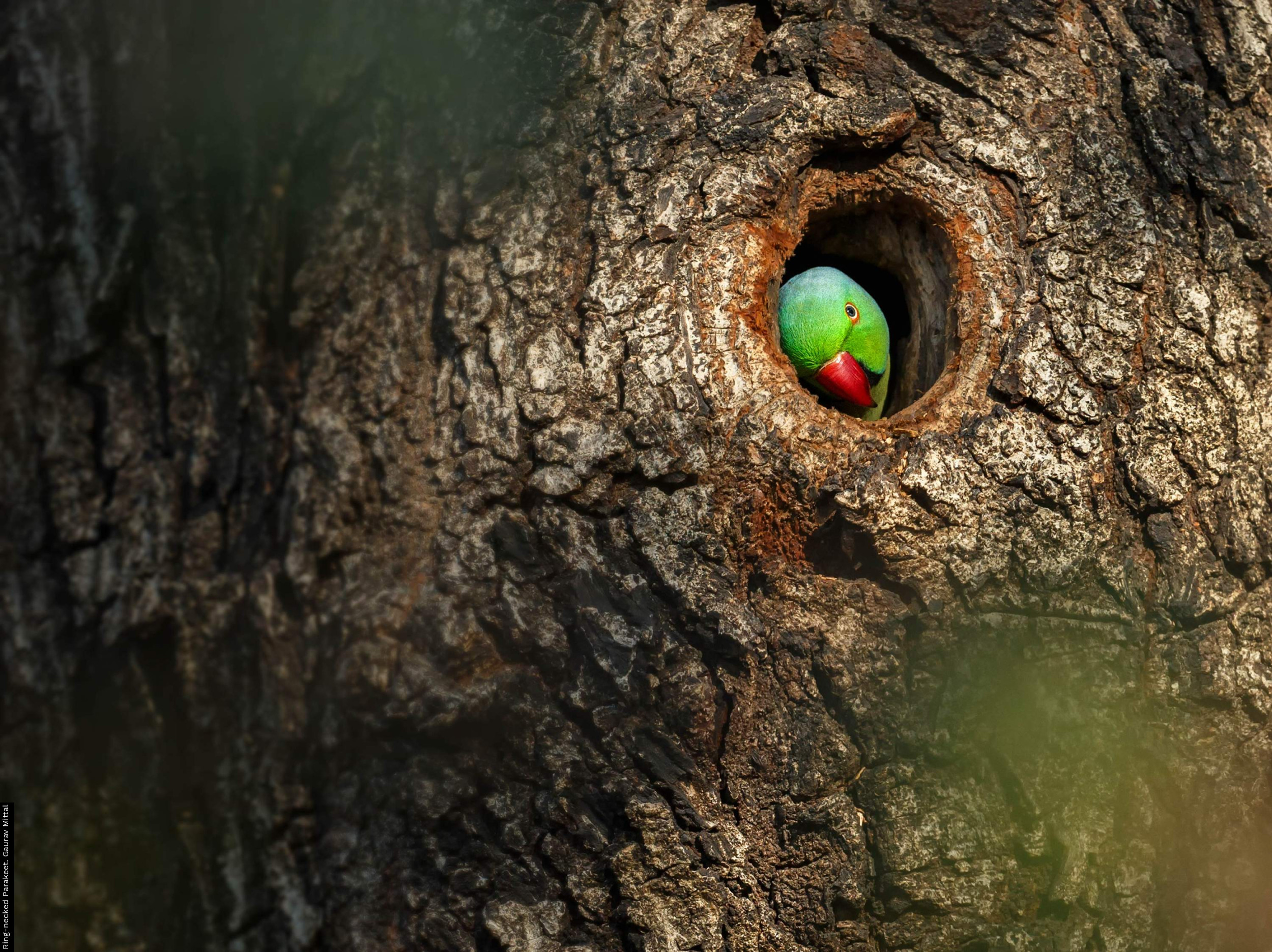
Publisher: Pelagic Publishing, Exeter
Publication Year: 2013
Binding: Hardback
Page Count: 575
ISBN Number: 978-19078-072-06
Price: £ 64.99
Bird conservation - evidence for the effects of interventions
Also available: SB 575pp £34.99
ISBN 978-19078-072-13
eBook 575pp £19.99
This second publication in the series ‘Synopses of Conservation’ brings together a wealth of information about studies from across the world relating to the practical conservation of wild birds. By collaborating with international ornithologists and conservationists the authors have compiled evidence from over 300 examples of interventions around the world. These range from studies into basic management practices to complex captive breeding programmes.
The book contains over 570 pages, but for quick reference the subsections in each chapter start with a summary of all the studies listed for each intervention. These are followed by a brief background to the studies and a more in-depth description of the methods and results. The first three chapters provide an insight into purpose of the book: who it is for and the parameters of the studies. The second and third chapters cover more general studies into habitat loss and fragmentation, and the importance of raising awareness of conservation issues through campaigns and education.
Ten of the following 16 chapters deal with the wide range of threats facing global bird populations. This list of threats is very comprehensive and includes diverse issues such as the benefits of agricultural practices for wild birds, tackling invasive alien species, pollution and climate change. Many of the studies demonstrate great innovation and dedication; for example there are 24 interventions listing the various methods used to try to reduce seabird bycatch on fishing lines.
The authors have included references to studies that provide positive or negative evidence, as well as inconclusive results. The book also highlights the lack of evidence-based studies in some basic areas, e.g. the merits or otherwise of prescriptions in agri-environment schemes such as Environmental Stewardship. Some omissions are inevitable in such wide reaching synopsis, but in chapter 9 (Threat: Human intrusions and disturbance) I was surprised there was no reference to studies into prescribed buffer zones for breeding Stone Curlews (Sharpe et al, 2008). Nevertheless, this book successfully pulls together a huge range of studies and initiatives into wild bird conservation, and will be an invaluable reference book to scientists, conservationists and land managers.
Book reviewed by Chris Gregory






Share this page